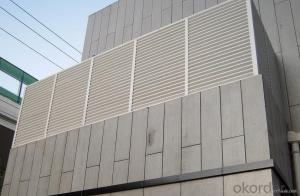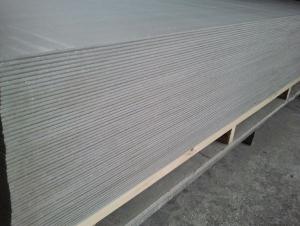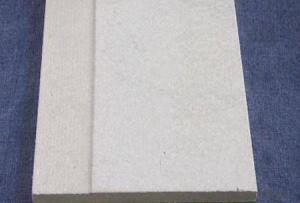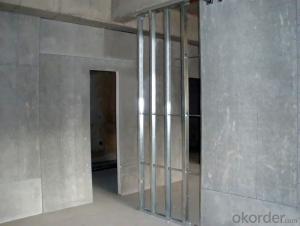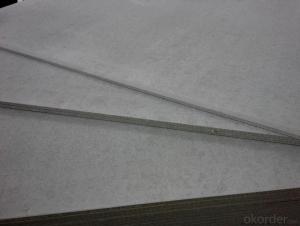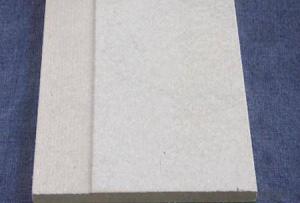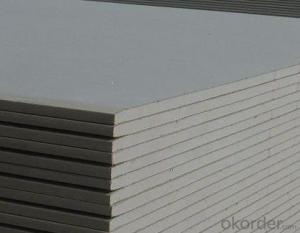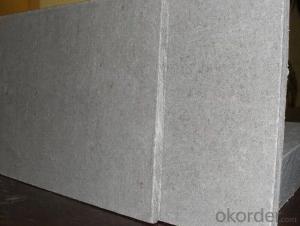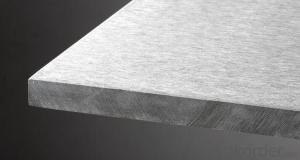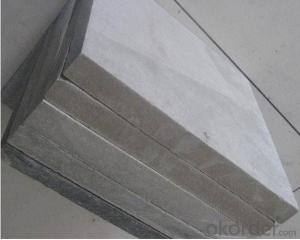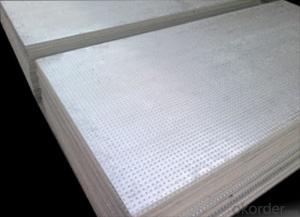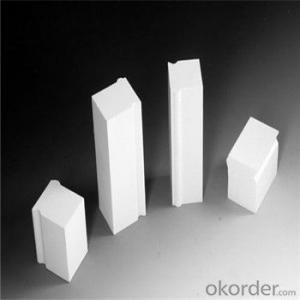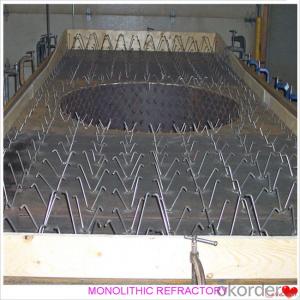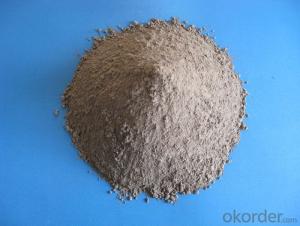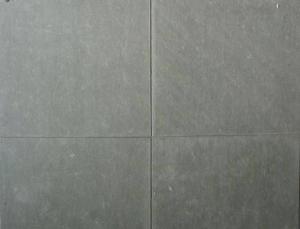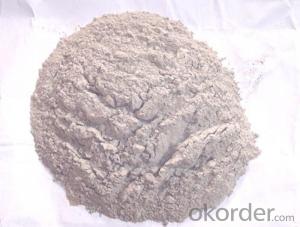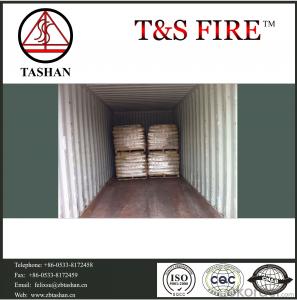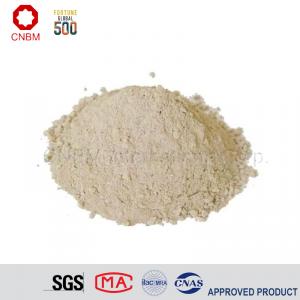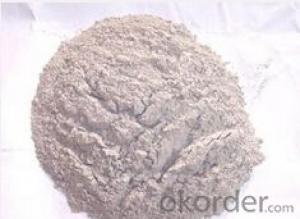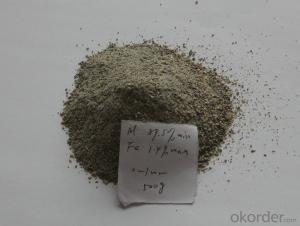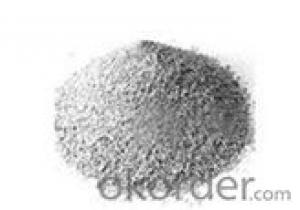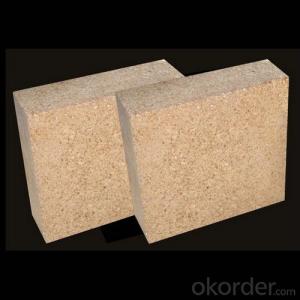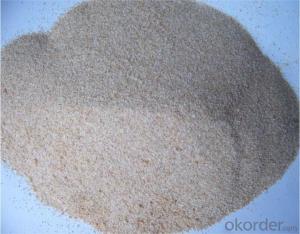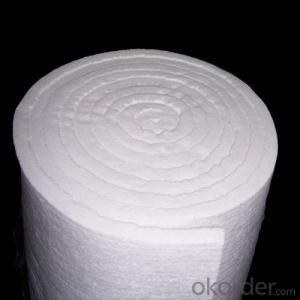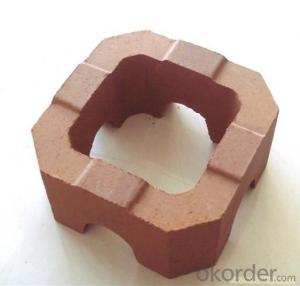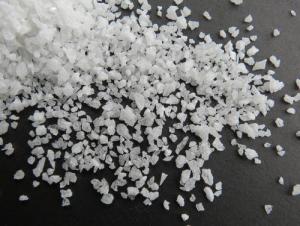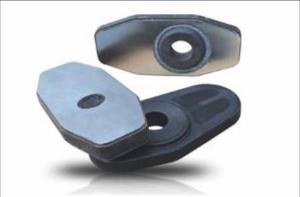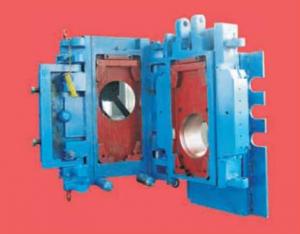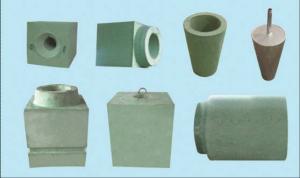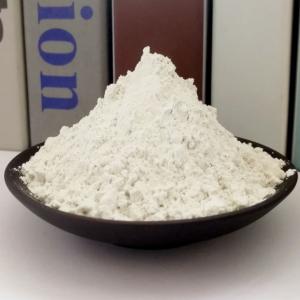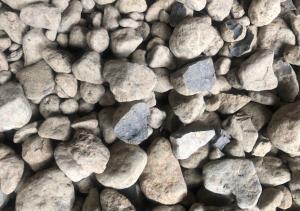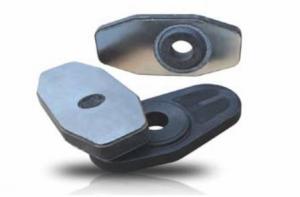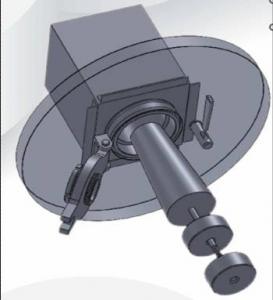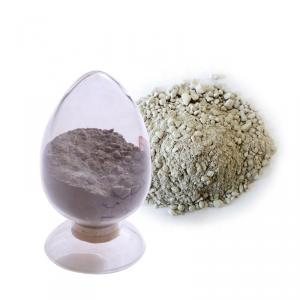Mizzou Castable Refractory Cement
Mizzou Castable Refractory Cement Related Searches
Fiber Sheet For Roof Waterproofing Additive For Cement Render Stainless Steel Hot Tubs Stainless Steel Draining Board Aluminum Foil Hot Rail Hot Aluminum Foil Trick Pig Hot Water Bottle Cover Tartan Hot Water Bottle Cover Electric Hot Water Bottle Argos Funny Hot Water Bottle CoversHot Searches
Steel Mesh Panels For Sale Stainless Steel Tank For Sale Stainless Steel Sheets For Sale Cheap High Tea Sets For Sale Stainless Steel Tanks For Sale Stainless Steel For Sale High Density Fiberboard For Sale Solar Hot Water Collectors For Sale Scaffolding For Sale In Uae Scaffolding For Sale In Ireland Scaffolding For Sale In Houston Price Of Shipping Containers For Sale Used Solar Inverter For Sale Portable Led Signs For Sale Stone Hot Water Bottles For Sale Aluminum Coil Stock For Sale Large Led Screens For Sale Aluminum Gutter Coil For Sale Used Aluminum Scaffolding For Sale 1/4 Aluminum Plate For SaleMizzou Castable Refractory Cement Supplier & Manufacturer from China
Okorder.com is a professional Mizzou Castable Refractory Cement supplier & manufacturer, offers integrated one-stop services including real-time quoting and online cargo tracking. We are funded by CNBM Group, a Fortune 500 enterprise and the largest Mizzou Castable Refractory Cement firm in China.Hot Products
FAQ
- what textures of furnace refractories are good?
- Common ceramics use ordinary clay and high alumina bricks, as well as thermal insulation bricks, calcium silicate boards and fiber cotton. The vessels fired with potter's earth are called pottery, and the vessels fired with porcelain clay are called porcelain. Ceramic is generic term of pottery, stoneware and porcelain. The objects taking the two different types of clay as the raw materials, like, potter's earth and porcelain clay, and made through the technological process of ingredients, forming, drying and roasting, ect. can be called ceramics.
- Who knows about the criteria of fireproof and thermal insulation materials?
- Seven levels are divided according to "The classification of combustion performance of building materials and products", namely, A1, A2, B, C, D, E, F. It mainly refers to the combustion performance of materials. You can check on this standard for the specific dividing evidence. There are detail charts which mainly describe that whether there is drip or not, the ignition time, continuous burning time and so on.
- The fire prevention board line is made of what material?
- (1) if it's real wood floor, the line should be made of wood. The ready-made wooden line, walnuts, price range depends on the texture width. The common width is 100 mm. One linear meter is around $17 - $30. Paulownia is cheaper with one linear meter more than 10 yuan. When it is composite wood floor, high-density plate modelling line can be used. The price is commonly between 40 to 80 yuan (2400 x 1200 mm), which depends on the thickness and density and also the factory. There are also imitated wooden aluminium line. (3) if it's the marble ground, you would better use marble line, which is 200 yuan one square meter. It's price is also unequal. The imitated stone is also available. There are a lot of kicking decoration materials and it depends on how you use it. That is to say crural line should be coordinate with the ground. It means that it sjould not only to be beautiful but also to be practical. It would be better if it is relatively cheap as well.
- How to calculate the thickness of choosing refractory? Such as steel ladle should choose what kind of refractory and using what thicknes?
- I feel the concrete thickness should depend on the experience and the actual situation. As for the specific method, I also can't say too accurately. If it's ladle, it generally chooses alumina magnesia castable.
- What is the the best matching ratio of refractory cement?
- The best matching ratio of refractory cement is 30%. Refractory cement is also known as aluminate cement. Aluminate cement takes bauxite and limestone as raw materials, alumina content of about 50% as the clinker. And it is a hydraulic cementing material made by grinding. Refractory cement is also known as aluminate cement. Aluminate cement is often yellow or brown or gray. The main mineral of aluminate cement is mono calcium aluminate (CaO · Al2O3, abbreviated CA) and other aluminates, and a small amount of dicalcium silicate (2CaO · SiO2), etc. It is a special cement. I hope my answer will be helpful to you.
- What is the use of refractory?
- It is used as a protective layer inside the high-temperature, high-corrosion, high-washing, easy to be wore equipment and as an insulation layer outside equipment.
- What kind of refractory bricks material is best?
- 1, high alumina brick: The content of Al2O3 is more than 75. The refractoriness is higher than the clay brick. It has good resistance to acid, alkali and erosion and is suitable for cement kiln calcining zone and other places. It has long operation life, but the price is high. 2. dolomite?brick: Formation of coating has good performance, good corrosion resistance, but f-CaO is contained in bricks. It is hydratable and difficult to transport and keep, so it is less used in the production. 3. magnesia-chrome bricks: It has good formation of coating and is used for burning zone. The disadvantage is poor thermal shock resistant performance. Besides, positive Hexavalent Cr is highly toxic. Countries that produce and use magnesia-chrome bricks gradually decrease on the international. Now production units using this brick should find alternatives as soon as possible. 4. spinel brick: It is often used in transitional zone and has good seismic performance, good reduction resistance, but refractoriness is a little bit poor. 5. anti-stripping brick: This brick contains a small amount of ZrO. Martensite phase transformation happens to form thin crack during temperature-rise period. It has strong alkali?resistance, anti-stripping performance and good slag resistance. 6. phosphate brick: It has low refractoriness, but it has strong strength and good shock resistance. It is often used in grate?cooler, hot kiln hood, etc. 7. carborundum brick: It has high temperature resistance(1800 degree, softening temperature under a fixed load is 1620-1640), small coefficient of thermal expansion, high cold-resistance heat-resistance, abrasion resistance. It is suitable for cooling zone and kilneye. 8. silmo brick: It has good thermal shock resistance, high strength, good abrasion resistance, and is suitable for transitional belt.
- What are the specifications of fire resistant bag?
- Currently there are four specifications: C10, C40, B40 and B50 suitable for steel ladle of less than 60 tons. I hope it can help you.
